The plastics industry has always been evolving. From polyethylene to Bakelite to neoprene to polystyrene, material scientists are continually looking for better products with more versatile properties.
Today, progress in the industry is reaching a new phase of development as nanomaterials become ever more widely used. Such is the extent of using nanotechnology as a raw material in plastic that it can even be found in day-to-day plastic products such as food packaging and mobile phone cases.
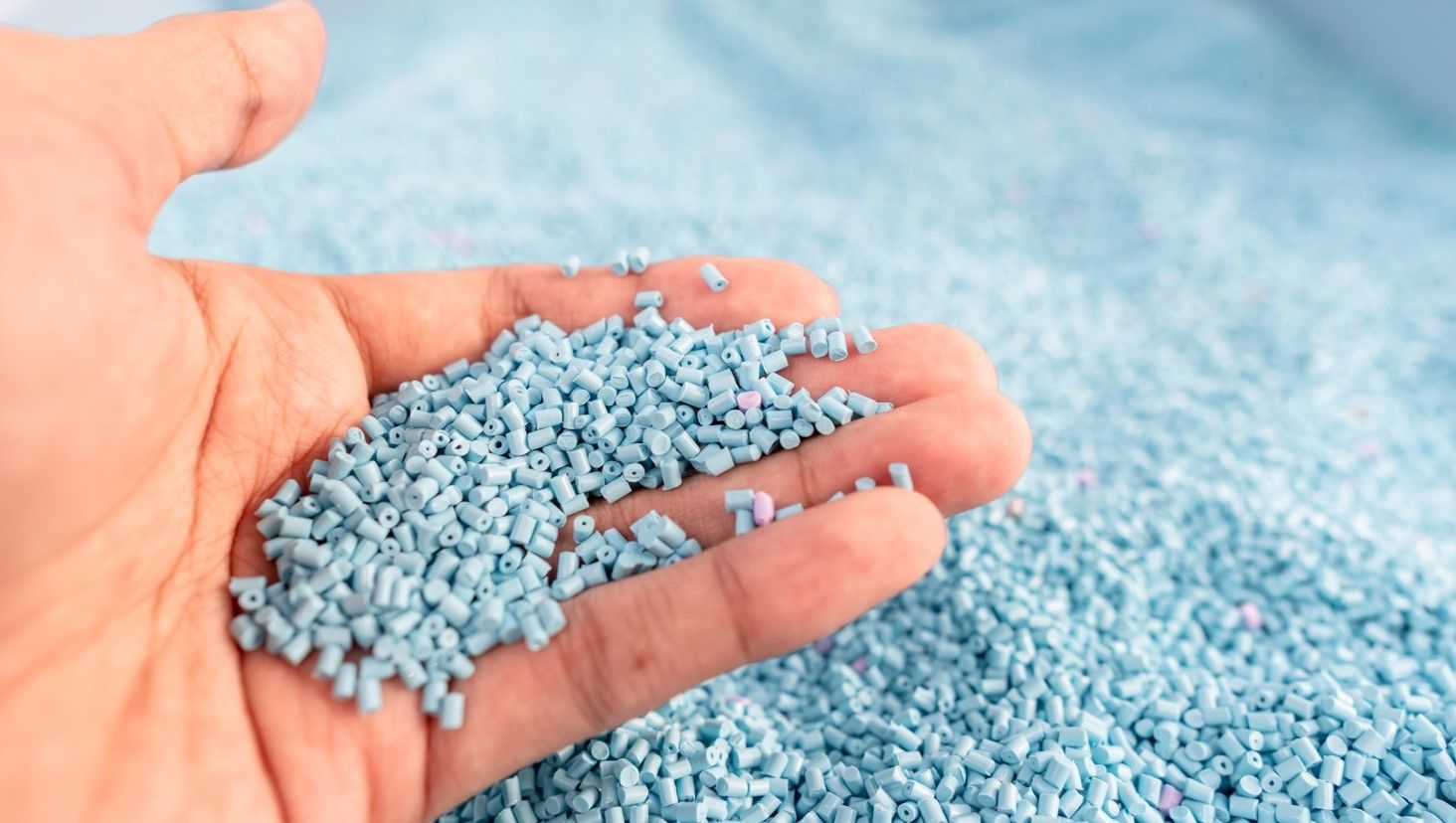
But what exactly are nanomaterials? What are they made of and how are they made? More importantly, how can nanotechnology improve the plastic products of the future?
What are Nanomaterials?
While academics are still arguing over the precise definition of a nanomaterial, it is commonly considered to be any material which measures less than 100 nanometres in one of its dimensions.
100 nm is incredibly small, especially when compared to a human hair which has a thickness of about 90,000 nm, while the smallest nanomaterials contain only a few hundred atoms.
They can be made of almost any substance, but the most common nanomaterials are made from silicon, silver, gold, zinc, titanium dioxide, carbon to name just a few.
While originally nanomaterials were largely designed for use in base polymers such as nylon and polypropylene, the range now available is very extensive, and includes resins such as epoxy, polyurethane, polyvinylidene fluoride, polyetherimide, poybenzoxazine, polystyrene, polyethylene glycol, polycarbonate, polymethyl methacrylate, polycaprolactone, polyacrylontrile, polyvinyl pyrrolidone, polybutadiene, and many more.
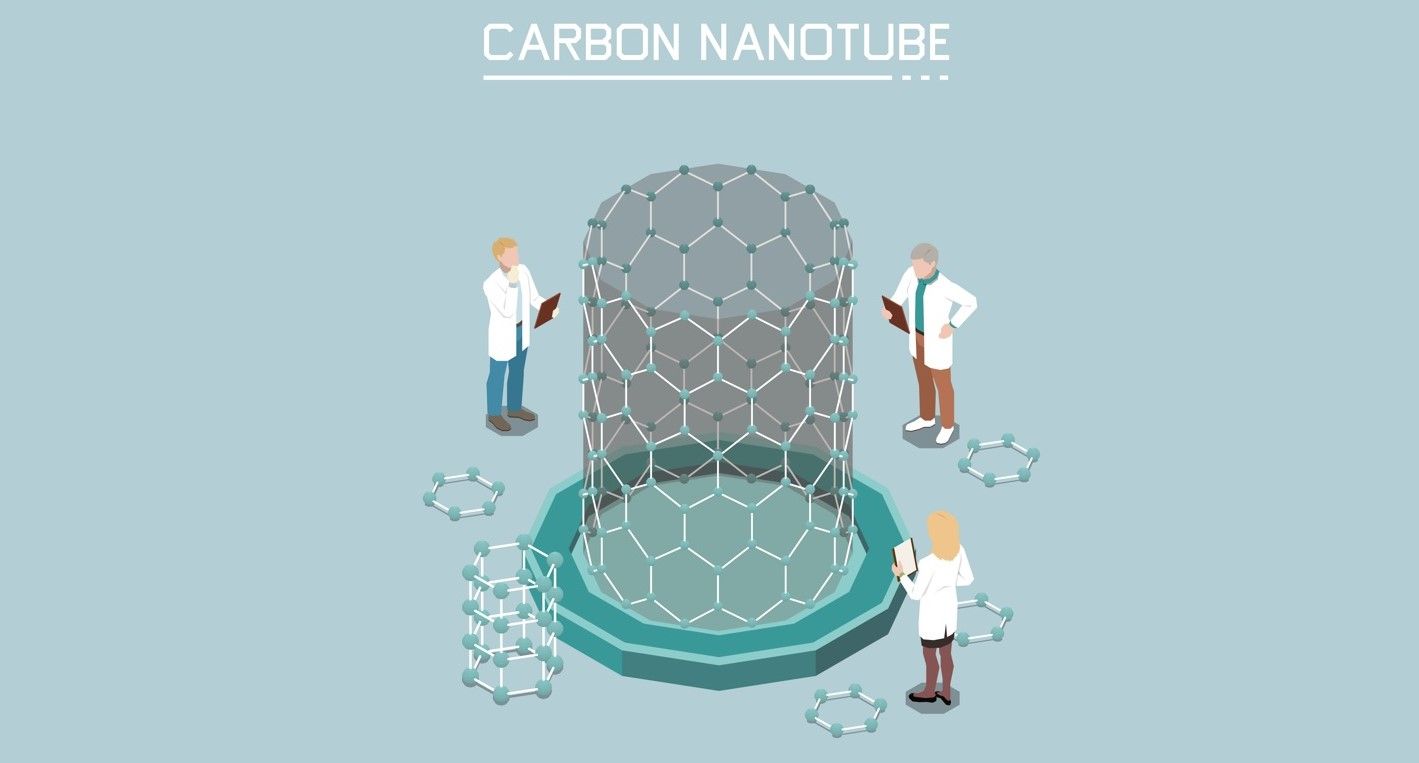
How are Nanomaterials Made
One of the most common processes for synthesizing nanomaterials is a method called ‘chemical vapour deposition’ or CVD. It is a bottom-up process, that uses heat to breakdown a substance into its elemental form before depositing it on a surface where it builds up into a new, desired structure – such as a tube.
While the exact science requires an understanding of quantum mechanics, a comparison can be made to how materials change when they are burnt.
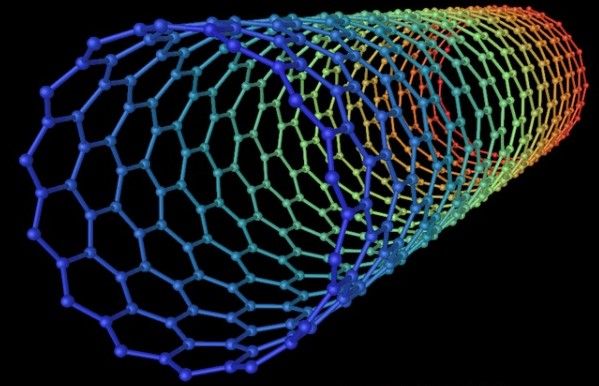
For example, when coal is heated in a furnace it changes at both the molecular and atomic levels. A typical furnace needs air for the coal in it to burn. Coal is primarily made of carbon and as it burns it creates carbon dioxide, heat, and water. But what would happen to carbon if it was heated without any oxygen?
Nanotechnology researchers have found that burning carbon without oxygen is a route to making carbon nanotubes.
Doing so requires a chemical vapour deposition instrument. It is a furnace which flushes away any oxygen present by blowing argon gas through it.
At the start of the process, a bulk material (such as a plastic, coal, or some other carbon source) is placed in the furnace and heated to 850o C. As the furnace contains no oxygen, the carbon source does not catch fire and burn, but instead breaks down, releasing carbon atoms.
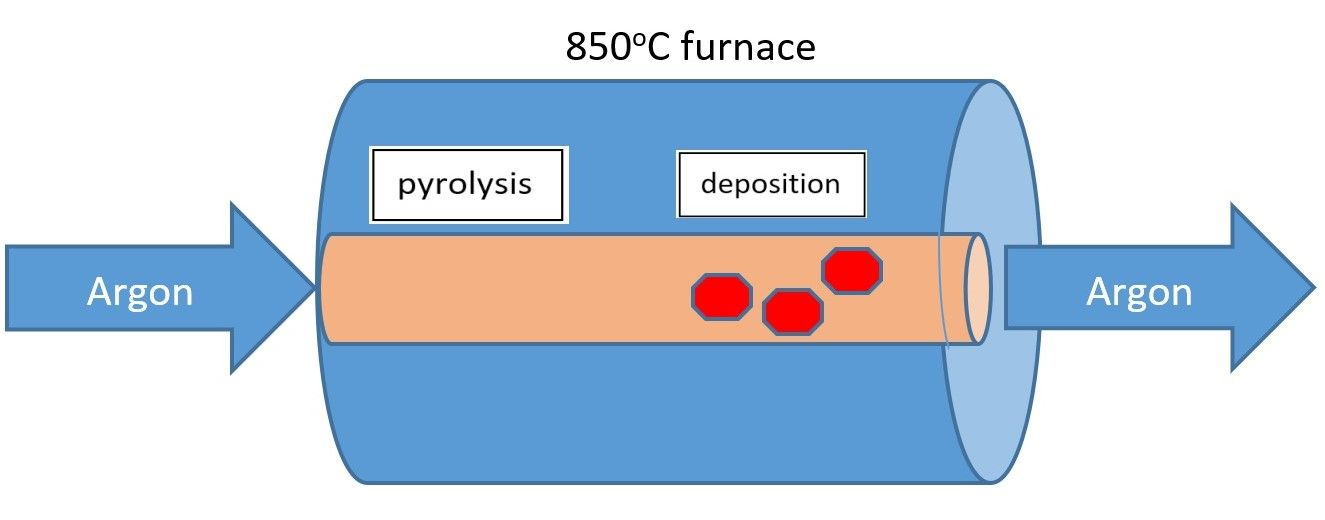
As these atoms move to the other end of the furnace they come into contact with a special membrane which has a hexagonal structure. The carbon atoms fit within the hexagons and attach to each other, slowly growing into a tube or any other desired shape desired (within the possibilities of physics).
If left to burn for a long time, the carbon nanotubes typically grow to be several centimetres long, which for a structure with walls that are only one atom thick is incredible. However, the longest carbon nanotube ever synthesized was grown at Rice University, contained 65,000 carbon atoms, and measured 360 m long!
The final step in the process is for the base of the tube to be cut away from the membrane, a procedure known as ‘etching’. Usually, many tubes are grown at once, to form a forest of carbon nanotubes.
How is Nanomaterial Production Changing
As demand for nanomaterials has grown, so too has research into making them easier to mass produce. New processes such as electrochemical nano-imprinting and the use of microfluidics technology have reduced the time, energy, and costs required to synthesize nanomaterials.
This means that today, sourcing good quality nanomaterials is no longer an issue. Instead, the problem for many plastics producers is the know-how of application.
Fortunately, plastic manufacturers do not have to take on all the research of nanomaterials themselves as nanotechnology specialists are available for consultation. They can advise on which nanomaterials are required, what processes are needed, and what results can be achieved with the application of nanotechnology in any given plastic product.
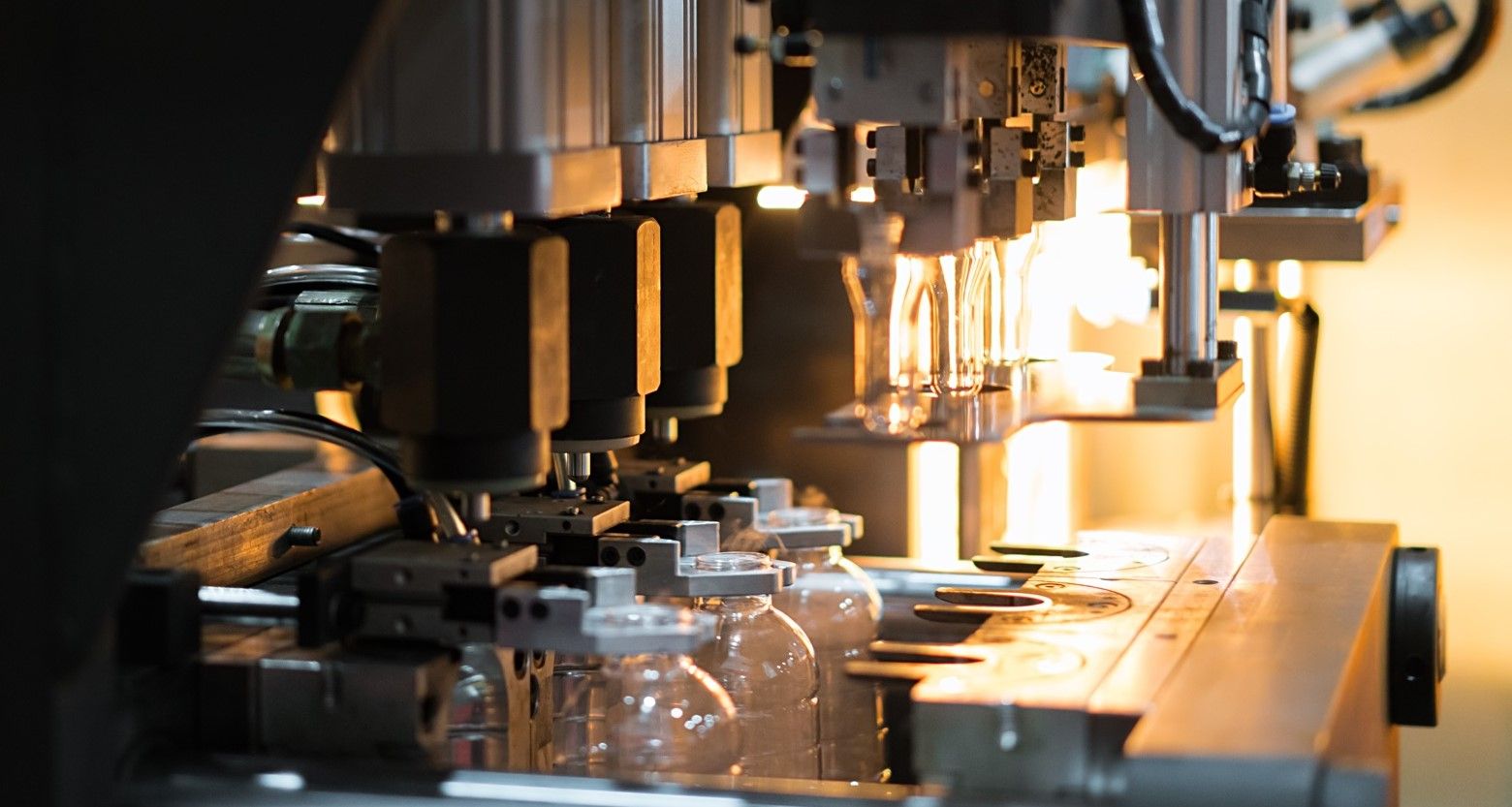
The plastic producer merely has to outline the added properties their plastic requires, and which original properties must be maintained or enhanced. In this way, a polymer can be given chemical resistance, thermal conductivity, abrasion resistance, electromagnetism, UV protection, anti-microbial properties, and/or electrical conductivity, without losing any of the qualities that already make it sell.
It is a tailor-made service for plastics manufacturers, providing them with the tools and technology they need to meet their customers’ demands.
Nanotechnology is changing many industries for the better, and for the plastics sector this means adding unique selling points.
To find out more about how nanotechnology is improving plastics and lowering production costs read: The Empowering Combination of Plastics and Nanomaterials & When Nanotechnology Meets Manufacturing.
